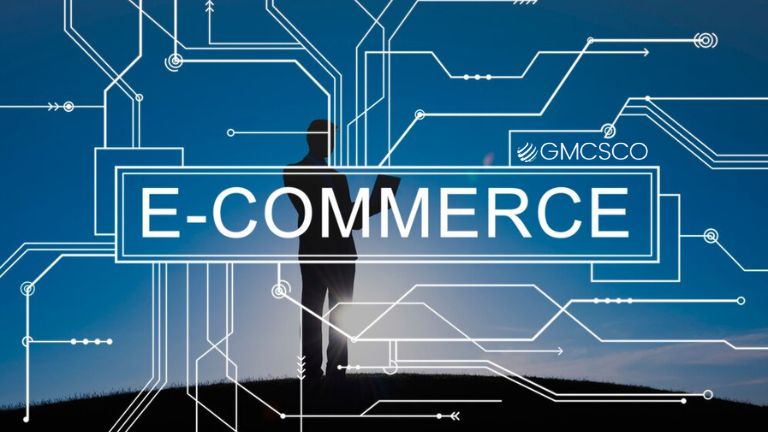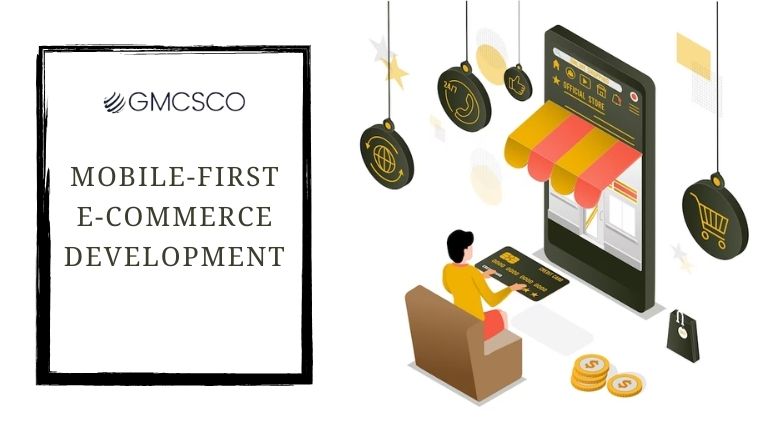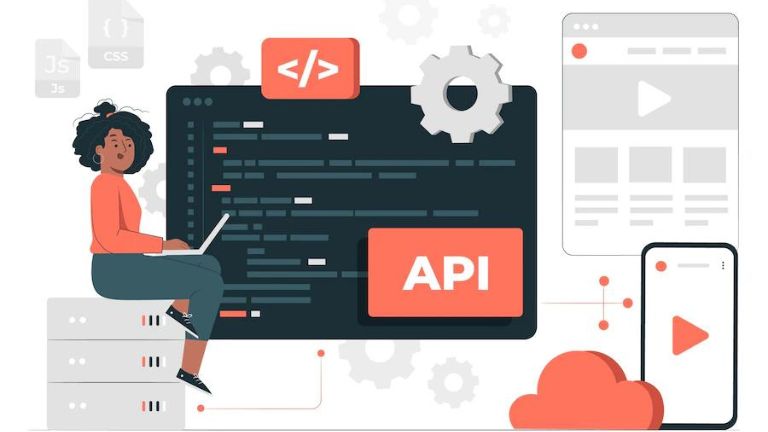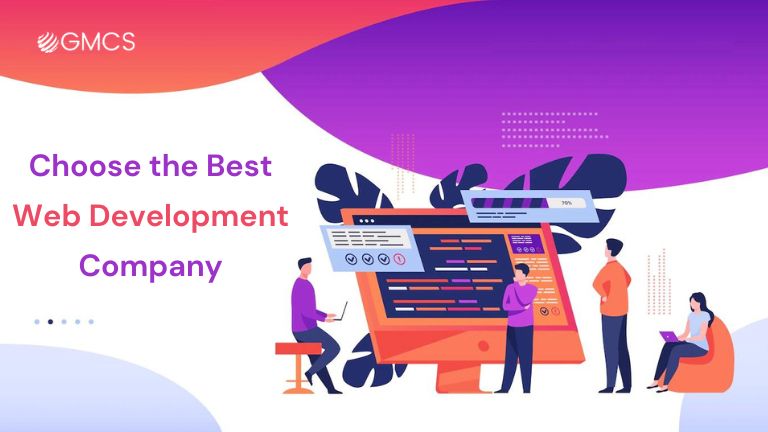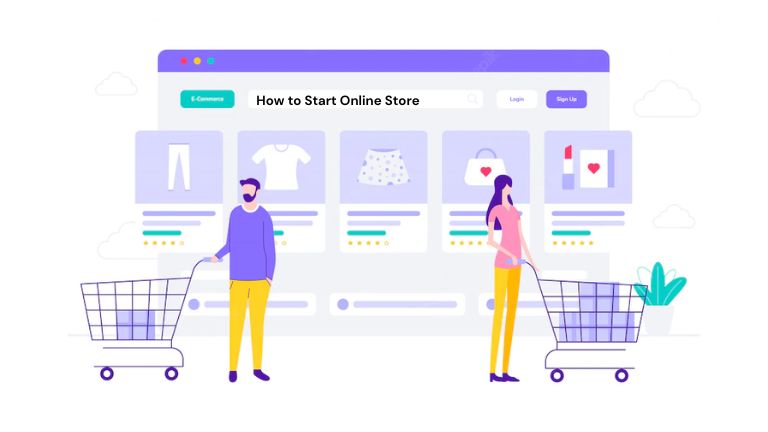Ecommerce Website Development Services
In today’s digital age, a well-designed and developed ecommerce website is no longer a luxury – it’s a necessity. For businesses looking to tap into the vast potential of online sales, a user-friendly and effective online store is the cornerstone of success. This is where ecommerce website design and development services come in. These specialized agencies provide the expertise to craft an online shopping experience that converts visitors into loyal customers. This blog post will delve into the world of ecommerce website development services, exploring the key aspects you need to consider. Whether you’re a seasoned entrepreneur or just starting your online venture, this guide will equip you with the knowledge to make informed decisions as you build your dream store. Understanding Ecommerce Website Design & Development Ecommerce website design and development encompass the entire process of creating a functional and visually appealing online store. It involves several crucial steps: Planning and Strategy: This initial phase involves defining your business goals, target audience, and the overall brand identity you want to convey. Information Architecture: Here, the focus is on structuring your website’s content and product listings in a logical and user-friendly manner, ensuring easy navigation for customers. Website Design: This is where the visual elements come into play. Designers create a layout that incorporates your brand identity, uses high-quality visuals, and prioritizes a clear and intuitive user experience. Website Development: The development phase translates design mockups into a functional website. Programmers use various technologies to build the website’s framework, integrate shopping cart software, and implement features that ensure a seamless shopping experience. Content Creation: Compelling product descriptions, engaging blog posts, and informative FAQs all contribute to a richer online store experience. Testing and Launch: Before going live, the website undergoes rigorous testing to ensure functionality, responsiveness across devices, and a secure checkout process. Choosing the Right Ecommerce Website Design & Development Partner With a plethora of ecommerce website design and development agencies vying for your attention, selecting the right partner is crucial. Here are some key factors to consider: Experience and Portfolio: Look for an agency with a proven track record in developing successful ecommerce websites. Review their portfolio to see if their design aesthetic aligns with your brand vision and if they have experience working with businesses in your industry. Services Offered: Does the agency offer a comprehensive range of services, including design, development, content creation, and ongoing maintenance? A one-stop shop can streamline the process and ensure consistency across all aspects of your online store. Technical Expertise: Consider the agency’s expertise in specific platforms like Shopify, Magento, or WooCommerce. Choose an agency well-versed in a platform that aligns with your needs and budget. Communication and Transparency: Clear communication is paramount during website development. Ensure the agency is responsive to your questions and provides regular updates throughout the project. Scalability: Your business will hopefully grow. Choose an agency that understands scalable solutions and can build a website that can adapt to your future needs. Also read About: Tips to Create Mobile First Ecommerce Website Key Features of a Successful Ecommerce Website Visually Appealing Design: A clean, well-organized layout with high-quality images and consistent branding creates a positive first impression and keeps visitors engaged. Intuitive Navigation: Users should be able to easily find what they’re looking for with a logical and user-friendly navigation system. Clear categories, subcategories, and search functionality are crucial. High-Quality Product Pages: Enticing product descriptions, high-resolution images from various angles, and detailed product specifications are essential for convincing customers to make a purchase. Seamless Checkout Process: A streamlined checkout process with multiple secure payment gateways is vital. Minimize steps and offer guest checkout options for faster transactions. Mobile Responsiveness: With the majority of online shopping happening on mobile devices, your website must adapt seamlessly to different screen sizes for optimal user experience. Security and Reliability: Secure payment gateways, user data encryption, and SSL certificates are essential for building trust with customers and protecting their financial information. SEO Optimization: Optimizing your website for search engines will help drive organic traffic to your store. Implement strategies like relevant keyword research, on-page optimization techniques, and high-quality content creation. Beyond Design and Development: Ongoing Maintenance and Optimization The work doesn’t stop after your ecommerce website launches. To ensure its success, consider these ongoing efforts: Content Updates: Regularly adding fresh product descriptions, blog posts, and engaging content keeps your website relevant and attracts new visitors. Performance Monitoring: Track your website’s performance metrics like website speed, conversion rates, and bounce rates. Conclusion Building a thriving ecommerce business requires a strong online presence. Ecommerce website design and development services empower you to create a user-friendly and visually appealing online store that converts visitors into customers. By partnering with the right agency and focusing on key features like intuitive design, secure checkout, and SEO optimization, you can lay the foundation for long-term success. Remember, your website is a living entity. Continuous content updates, performance monitoring, and marketing efforts are essential for keeping your online store competitive and thriving in the ever-evolving digital landscape. With the right approach and a dedicated partner, your ecommerce website can become the cornerstone of your online business empire.

